Hello, everyone! Today we’re going to be talking about how to increase qualified B2B sales leads with paid SEO.
Learn/retain more by reading? We got you. Here is the video above in blog format. You’re welcome.
This is a tactic that we developed here at Directive Consulting to increase sales leads. It has been proven to work on every type of vertical to increase opportunities, increase conversions, and drive leads.
To understand this tactic better, we’re going to:
- Define paid SEO and Share of SERP
- Explore the growing popularity of these sites
- Where paid SEO and Share of SERP exist
- Share data that shows why they’re such a viable option
What is Paid SEO?
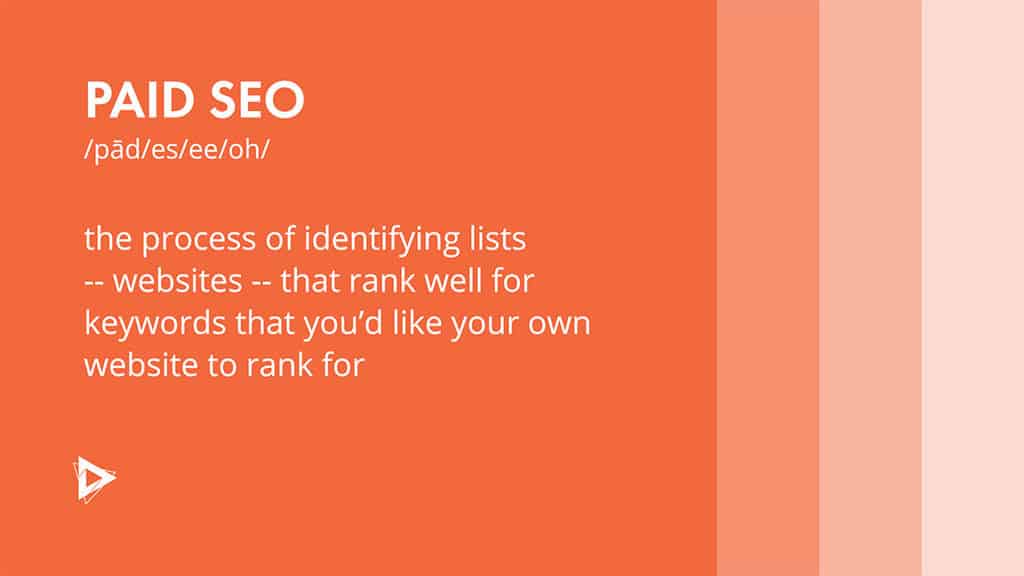
We define paid SEO as the process of identifying lists, websites that rank well for keywords that you’d like your own website to rank for.
Now, the reality is — in 2018 and the years to come — individual websites are no longer the best answer for queries at the bottom of the funnel in Google’s mind.
We call this the Yelp or the Amazon effect. Customers, B2C or B2B, have become used to seeing:
- Comparisons
- Pricing
- Reviews
— when buying products or services.
With this in mind, to increase sales leads, you need to identify:
- What lists exist in your industry for those keywords that you’d like your own website to rank for
- How to position yourself there
For example, if you’re in the software space, we’ve seen Capterra, G2 Crowd, Software Advice, GetApp, and individual industry websites rank very well for queries.
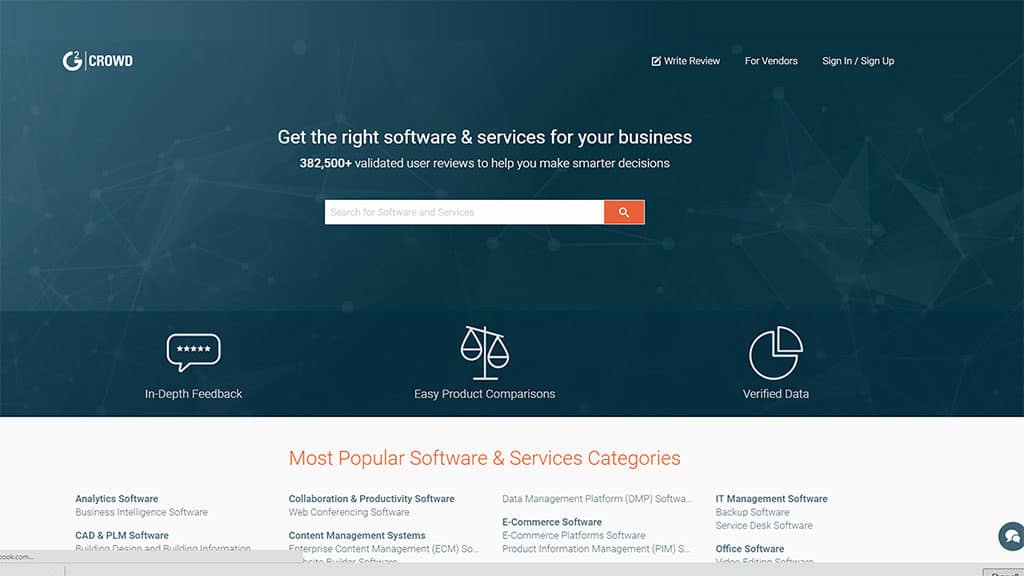
How To Find Your Industry Paid Lists
To find out if there are any lists for your industry:
First, take your primary keyword —
For example: For Directive, let’s use, “SaaS SEO agency“ and then combine “SaaS SEO agency“, with “best”, “top”, or “reviews”.
So that equals to: “SEO agency reviews“, “top SEO agency“, or “best SEO agency.”
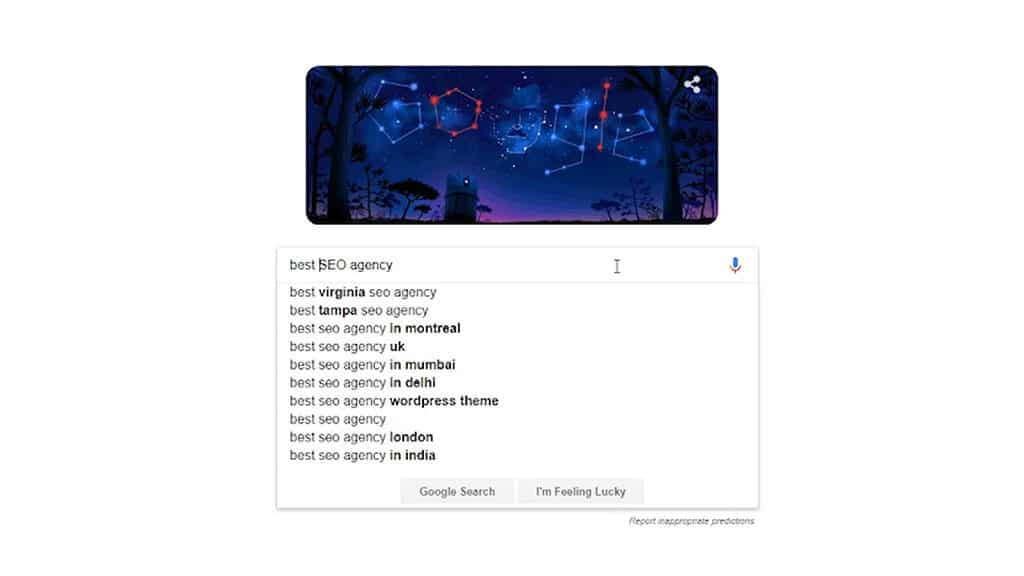
Second, look at the results in the top 10 and see if any of these sites have lists that have mentioned other agencies.
So for you, the keyword could be “ERP software“. So type, “Best ERP software“ and then see who ranks.
In fact, if you do that test right now, you’ll see that the top 10 results (all 10 organic results for best ERP software) are actually ad buys. That’s how much this industry has changed and it’s critical that you’re positioning your site at the bottom of the funnel on all of these different paid lists.
See Paid Lists Popularity For Yourself
To really understand how deep this goes, I think that you should make those kinds of questions/queries. As a matter of fact, take a quick break right now and do a couple tests of your own industry. Take a big keyword for you, type that keyword in with “best,” “top,” or “reviews”, and then start to see which websites show up.
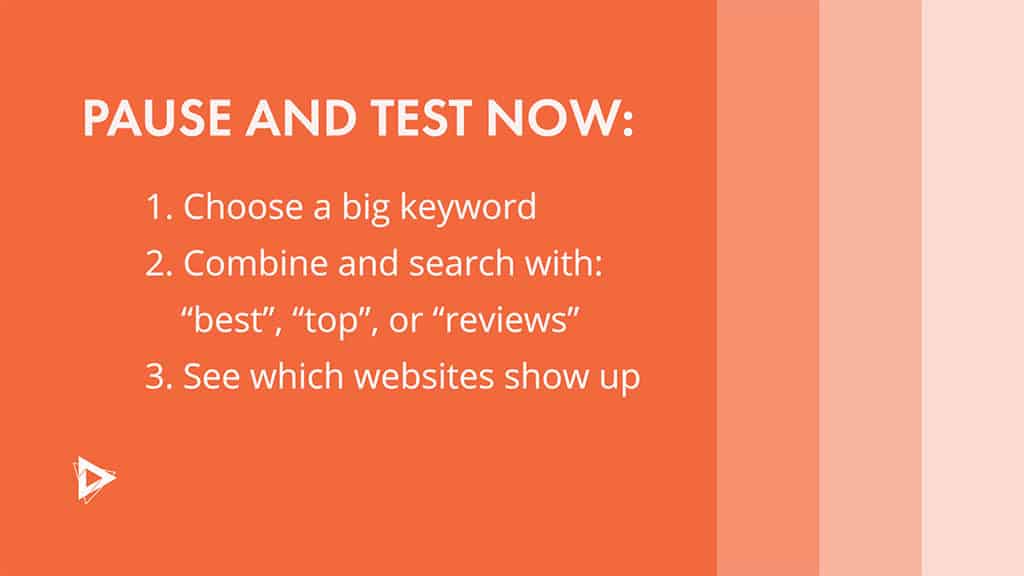
Now that you’ve done a few quick tests of which paid lists show up for your big keywords, what you want to do next is reach out to those websites and figure out if they’re on a cost-per-click basis, a cost-per-lead basis, or if you don’t even have to pay at all and they’re truly based on authority.
In our space, Moz has a list like this where you don’t pay to be on their list and it’s just a recommendations list — those are definitely the best.
After you’ve identified which paid lists exist in your space and you’ve reached out to them, what you want to do next is test if it’s better to send the clicks from the paid lists to your website or to a custom landing page. Either way, you need to track it and then test different things so that you can look at your conversion rate and see if it’s actually driving leads.
So again, to increase qualified sales leads with paid SEO in 4 steps:
- Choose your primary keyword
- Look at the top 10 results and see if any of these sites have lists that have mentioned other agencies
- Reach out to those websites and figure out if they’re on a cost-per-click basis, a cost-per-lead basis, or if you don’t even have to pay at all and they’re truly based on authority
- Test if it’s better to send the clicks from the paid lists to your website or to a custom landing page
Data Shows: Paid Lists > Other Channels
Finally, we’re going to share some of the data we’ve seen from these third-party lists compared with other channels.
Now, the cool part about these paid lists is that the keywords that they’re ranking for are also keywords oftentimes that we’re advertising on in AdWords. The big difference between paying for SEO and AdWords is the click-through rate.
You see, most AdWords results have a 2% to 5% click-through rate while the paid lists (if it ranks number one for that keyword), will have a 30% click-through rate or 6x the volume. That’s a critical metric. The real secret sauce behind paid lists is not only the volume but also the fact that these are “independent” third-party sites that are saying you’re the best.
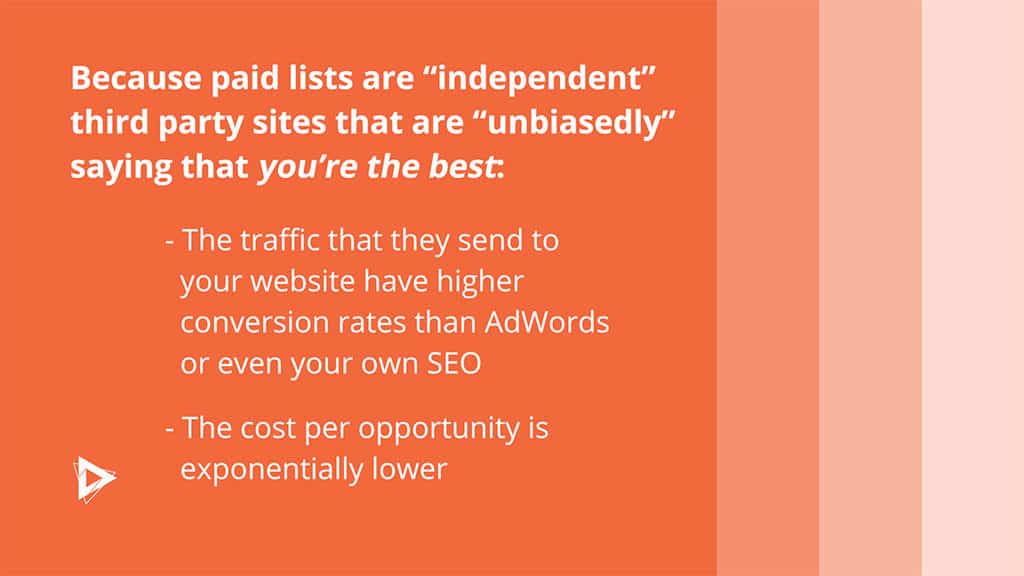
So instead of you saying you’re the best on your own website, there are other sites that are “unbiasedly” saying you are the best. Because of that, the traffic they send to your website has a much higher conversion rate than that of AdWords or even your own SEO. On top of that (this is where it gets really special) the cost per opportunity is exponentially lower.
Now, you know we care a lot about cost per opportunity here and that’s because those are the conversions that you generated from marketing that sales have accepted. So, in our Data Studio (in our closed analytic system we built), we can see that the cost per conversion between AdWords, Capterra, and Software Advice for our clients usually ranges between $10 to $100 difference in cost per conversion. That’s a pretty big amount, but not necessarily enough to truly dictate how you allocate your spend in percentile points.
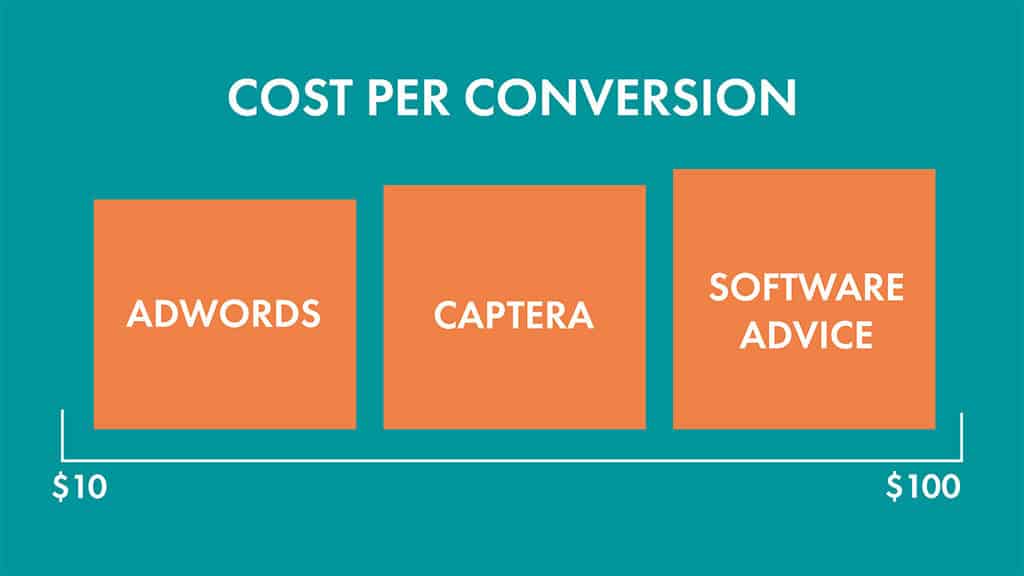
But if you look at the cost per opportunity, — and if you have that data, amazing. If you don’t, we’re gonna want to try to get there, right? — we see that paying for SEO generates an exponentially lower cost per opportunity.
In fact, for one client, they’re spending almost $1,500 per opportunity from AdWords, but only $250 per opportunity from Software Advice. That is over $1,200 different per opportunity.
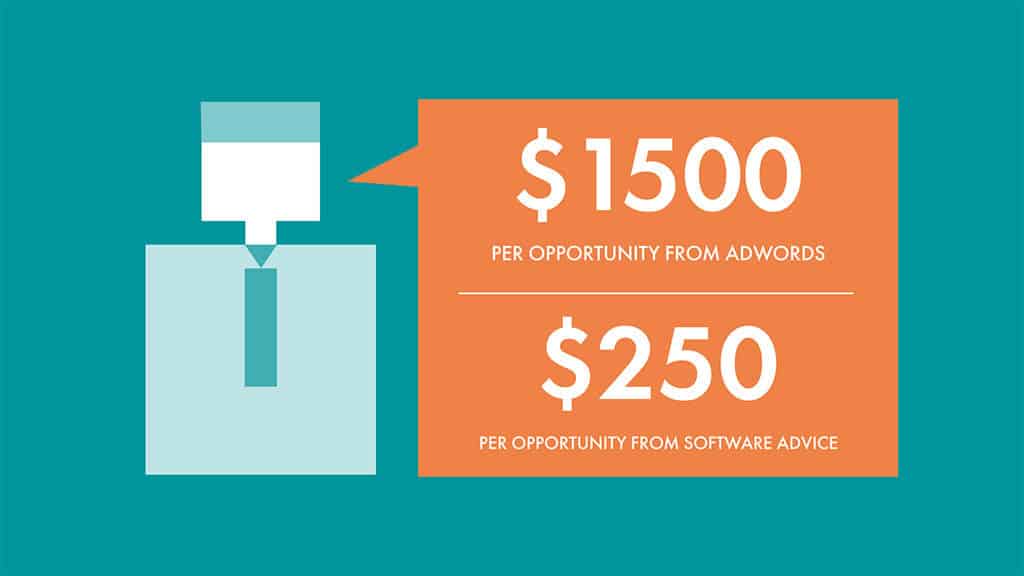
Increasing Qualified Sales Leads With Paid SEO: Take Away
It is critical that:
- You’re able to track those opportunities for your business
- Identify paid lists
- Capture opportunities with a world-class messaging — whether on your website or to a landing page
- Measure cost per opportunity to properly allocate spend, time, and resources
If you enjoyed this post, don’t forget to like it, share it, leave a comment, and subscribe to the channel. Can’t wait to hear from you and have a great day!
-
 CEO
Garrett Mehrguth
CEO
Garrett Mehrguth
Did you enjoy this article?
Share it with someone!
